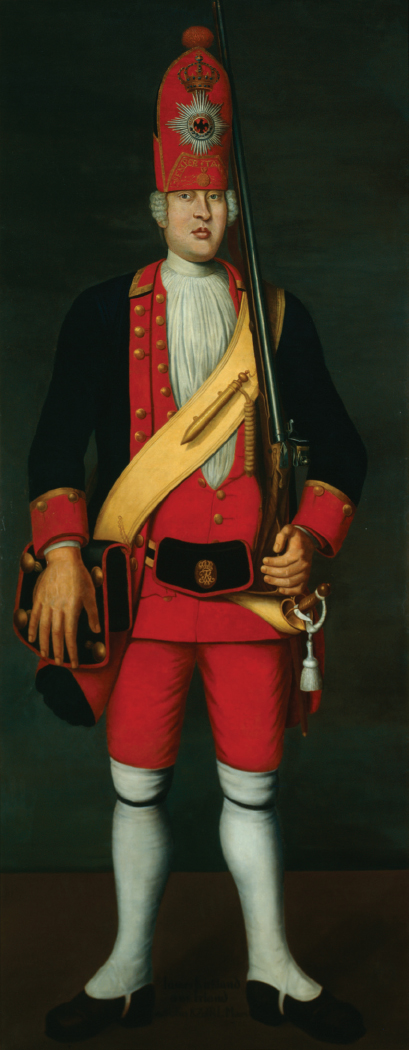What explains the rise of absolutism in Prussia and Austria?
TTHE RULERS OF EASTERN EUROPE also labored to build strong absolutist states in the seventeenth century. But they built on social and economic foundations far different from those in western Europe, namely, serfdom and the strong nobility who benefited from it. The most successful states were Austria and Prussia, which witnessed the rise of absolutism between 1620 and 1740.

A Prussian Giant GrenadierFrederick William I wanted tall, handsome soldiers. He dressed them in tight, bright uniforms to distinguish them from the peasant population from which most soldiers came. He also ordered several portraits of his favorites, such as this one, from his court painter, J. C. Merk. Grenadiers (greh-